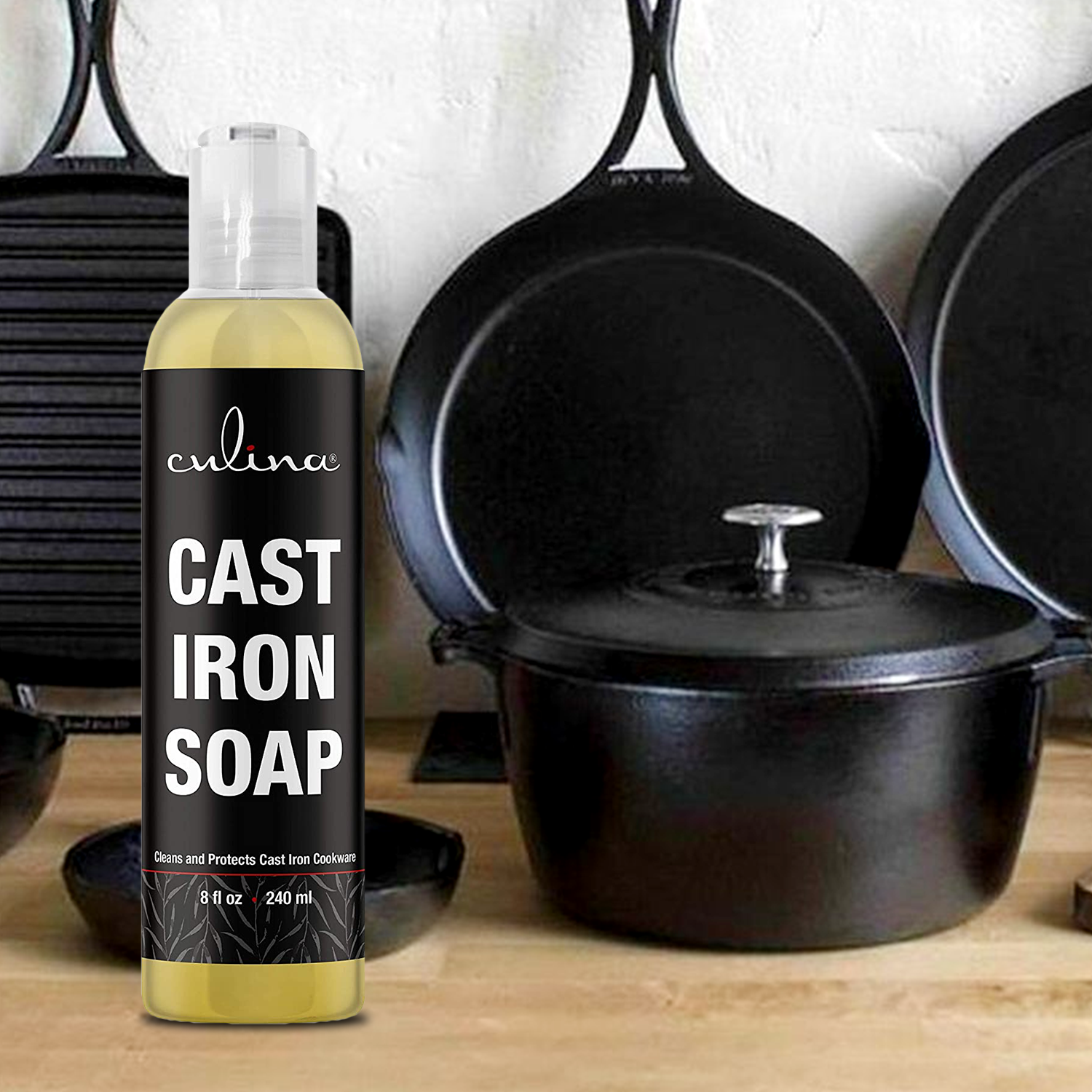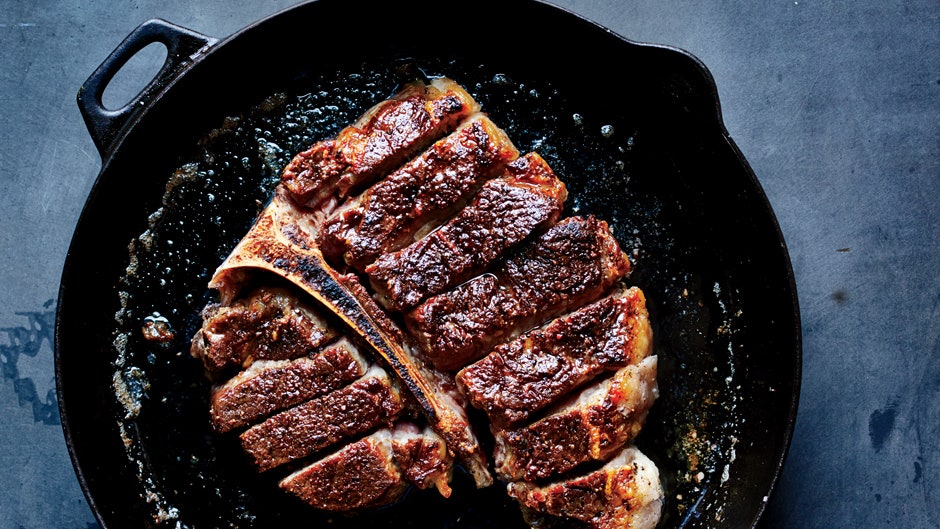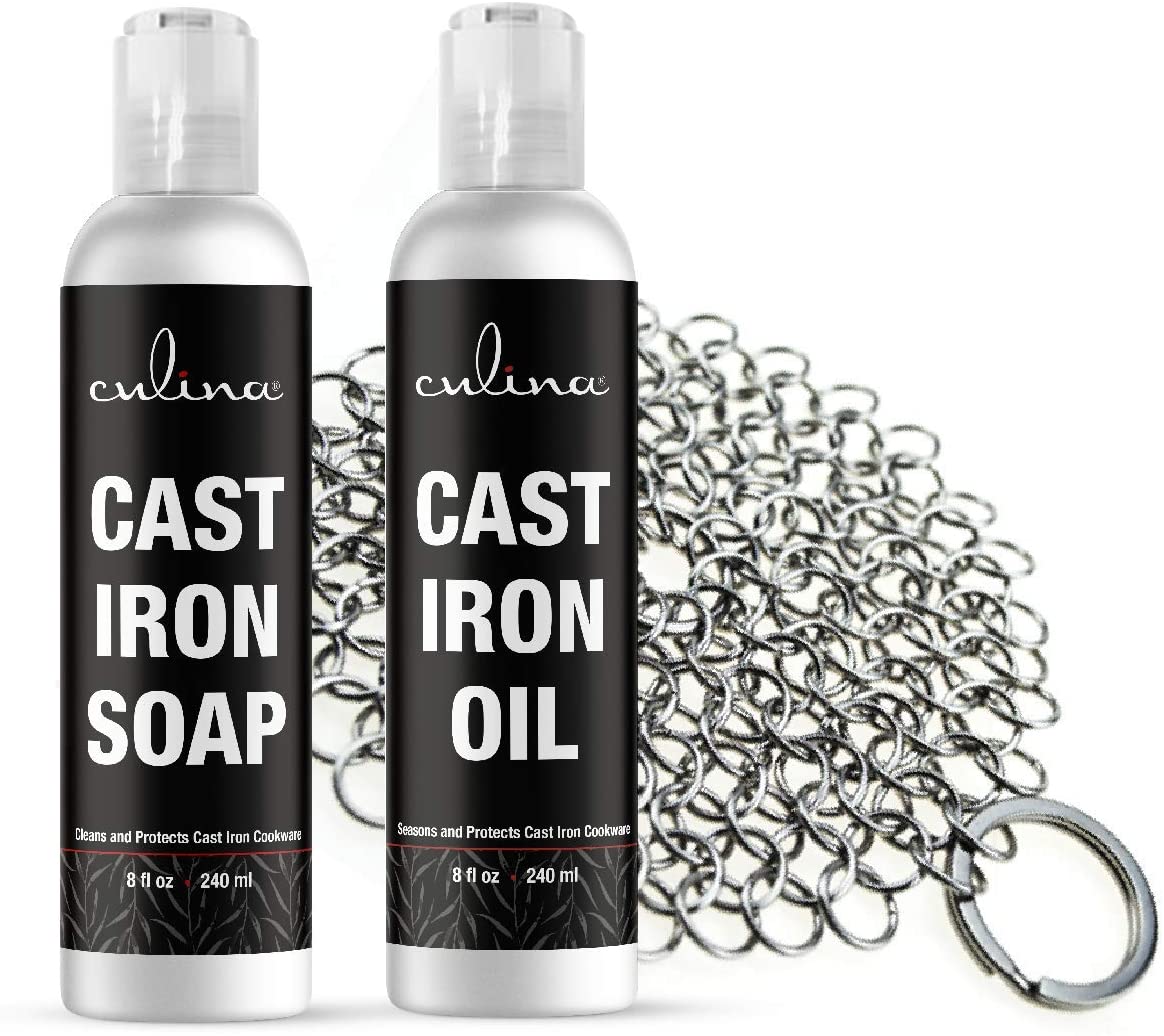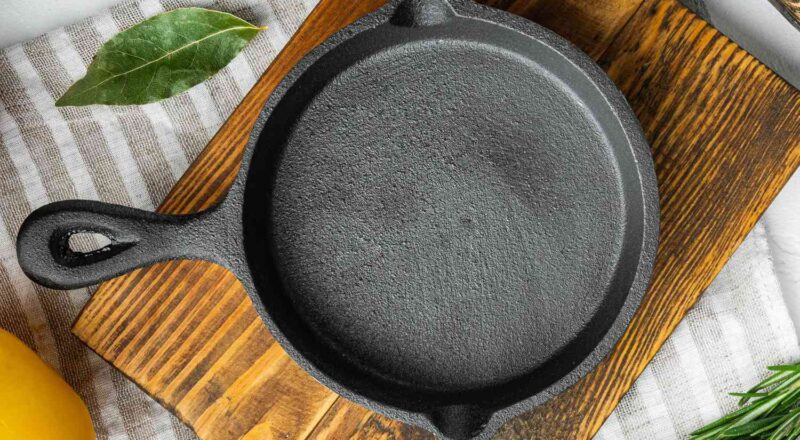How to Clean a Cast Iron Skillet with Burnt on the Outside: Tremendous Tips Approved Here
Cast iron skillets are a kitchen staple, treasured for their durability, versatility, and ability to evenly distribute heat. However, one common issue many people face is knowing how to clean a cast iron skillet with burnt on the outside. This guide will provide a thorough, easy-to-follow approach to help you maintain your skillet in pristine condition.

The Importance of Cleaning Your Cast Iron Skillet Properly
Cleaning a cast iron skillet correctly is crucial in preserving its lifespan and cooking quality. A well-maintained skillet can last for generations, while improper cleaning can lead to rust, diminished non-stick properties, and even damage. Therefore, understanding the right cleaning methods for burnt residue on the outside is essential.
Materials Needed for Cleaning
Before diving into the cleaning process, gather the necessary materials:
- Sponge or scrub brush
- Dish soap
- Baking soda
- White vinegar
- Cooking oil
- Oven mitts or heavy-duty gloves
- Towel or paper towels

Step-by-Step Process to Clean the Outside of Your Cast Iron Skillet
1. Cool Down the Skillet
Allow the skillet to cool down completely before starting the cleaning process to avoid any risk of burns.
2. Rinse Under Hot Water
Rinse the skillet under hot water to loosen any food and grime stuck on the surface. A sponge or scrub brush can help with this step without damaging the pan.
3. Apply Dish Soap
Contrary to popular belief, a small amount of dish soap is beneficial in cleaning cast iron skillets. Scrub the skillet gently with the soap and remove any loose debris.
4. Create a Baking Soda Paste
Mix baking soda with a small amount of water to create a thick paste. Baking soda acts as a mild abrasive that can help lift tough burnt-on residue without damaging the skillet.
5. Scrub with the Paste
Apply the baking soda paste to the burnt areas and scrub with a sponge or brush. Be thorough yet gentle to avoid scratching the skillet’s surface.
6. Rinse Thoroughly
Rinse the skillet under hot water to remove all baking soda residue. It’s crucial to ensure that no cleaning agents remain on the pan.

Deep Cleaning: Addressing Stubborn Burnt Areas
1. White Vinegar Soak
If the burnt residue is particularly stubborn, soaking the skillet in a solution of equal parts white vinegar and water for about 30 minutes can help. The vinegar’s acidity will break down the burnt-on food.
2. Scrub Again
After the vinegar soak, scrub the skillet again with a sponge or brush to remove loosened burnt bits. Rinse under hot water thoroughly afterwards.
Drying and Re-seasoning Your Skillet
1. Thorough Drying
Dry your cast iron skillet completely using a towel or paper towels. Moisture can lead to rust, so it’s essential to remove all water.
2. Re-seasoning
To re-season the skillet, apply a thin layer of cooking oil to the inside and outside surfaces. Place the skillet in an oven preheated to 350F (175C) for one hour. Allow it to cool in the oven before storing it away.
Maintaining Your Cast Iron Skillet
Regular Cleaning
Regularly clean your cast iron skillet after each use to prevent build-up. This maintenance will make deep cleaning less frequent and easier.
Proper Storage
Store your cast iron skillet in a dry, cool place. Avoid stacking heavy pots and pans on top, as this can damage the seasoning.
Commonly Asked Questions
1. Can I Use Soap on My Cast Iron Skillet?
Yes, a small amount of dish soap can be used occasionally without harming the skillet. However, avoid using harsh detergents or soaking it for extended periods.
2. What If My Skillet Starts to Rust?
If rust develops, scrub the rust off with steel wool, rinse, thoroughly dry, and re-season the skillet. Regular maintenance prevents rust formation.
3. How Often Should I Re-season My Skillet?
Re-season your skillet as needed, typically every few months or if the food starts sticking more than usual. Regular use and proper cleaning reduce the need for frequent re-seasoning.
For more information on cast iron skillet maintenance, visit Serious Eats.
For related topics, check out these internal resources: how to repair Cast Iron, Chicken Thigh Recipe, and Make Chili.
As an Amazon Associate, I earn from qualifying purchases.

